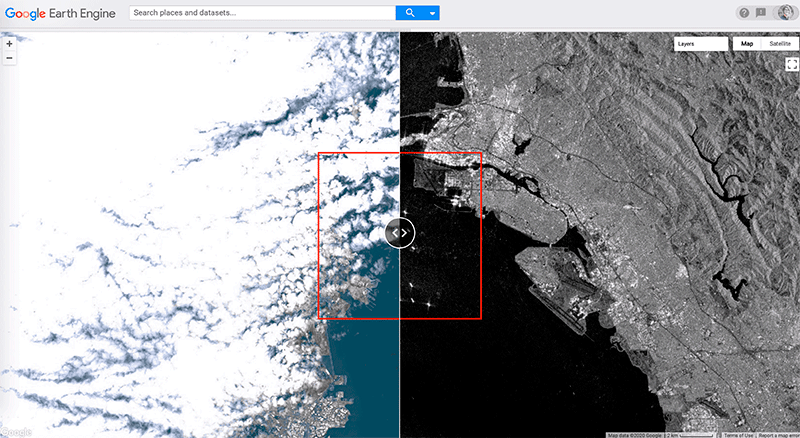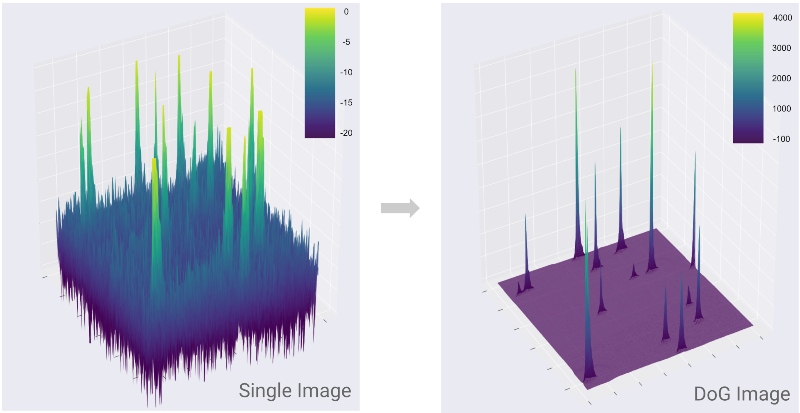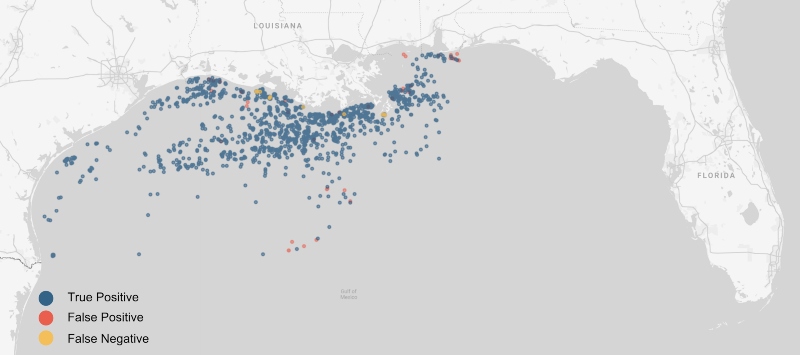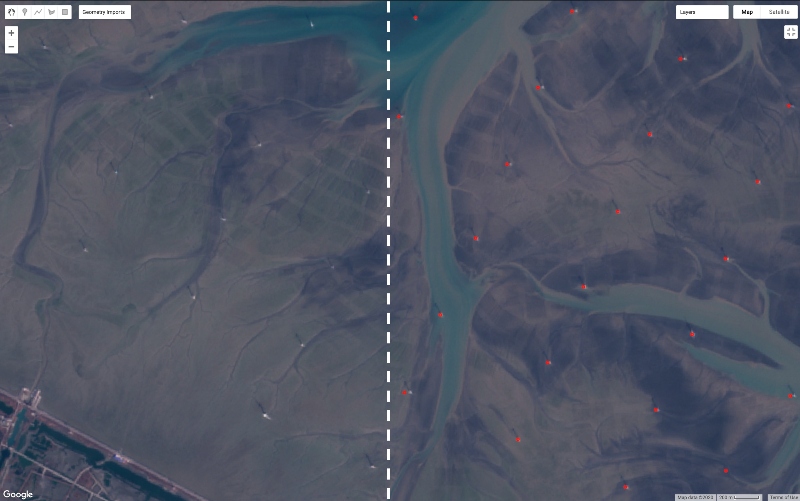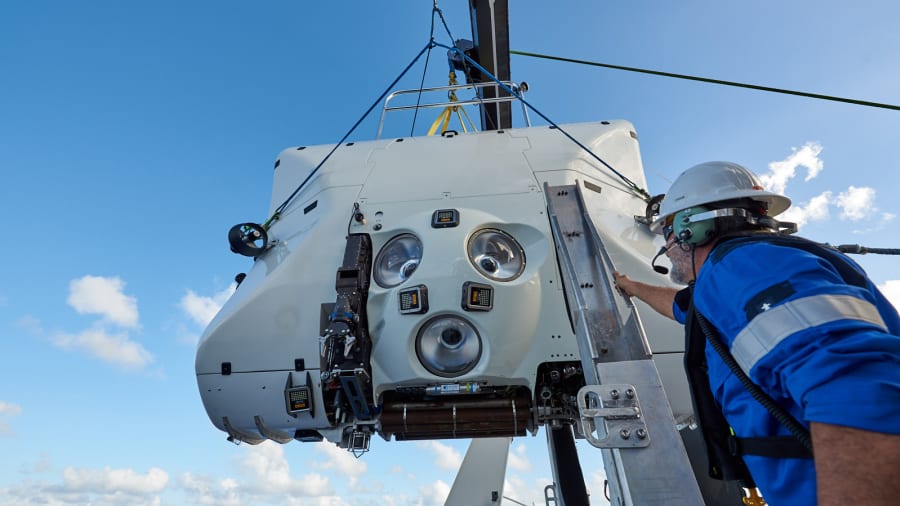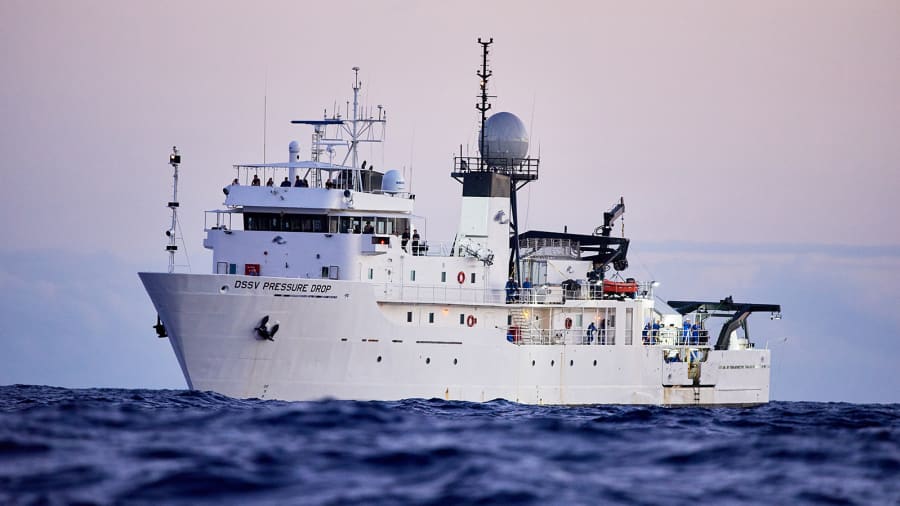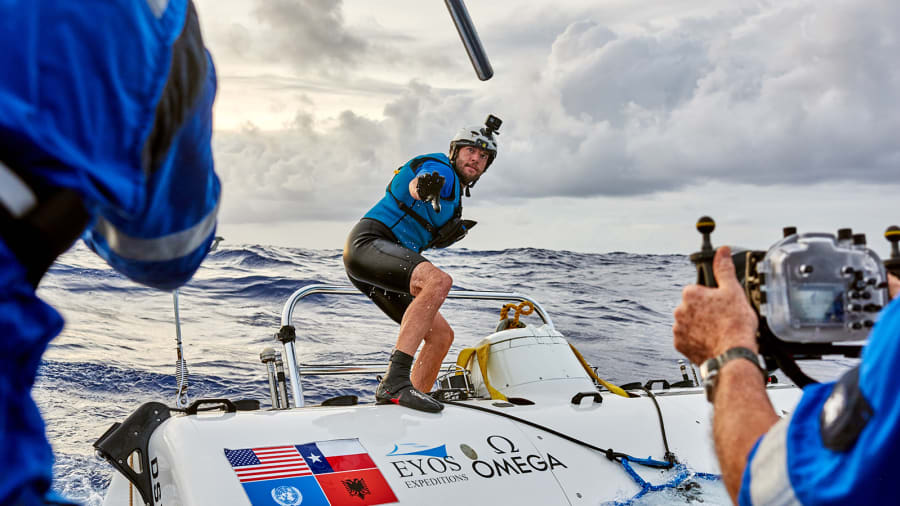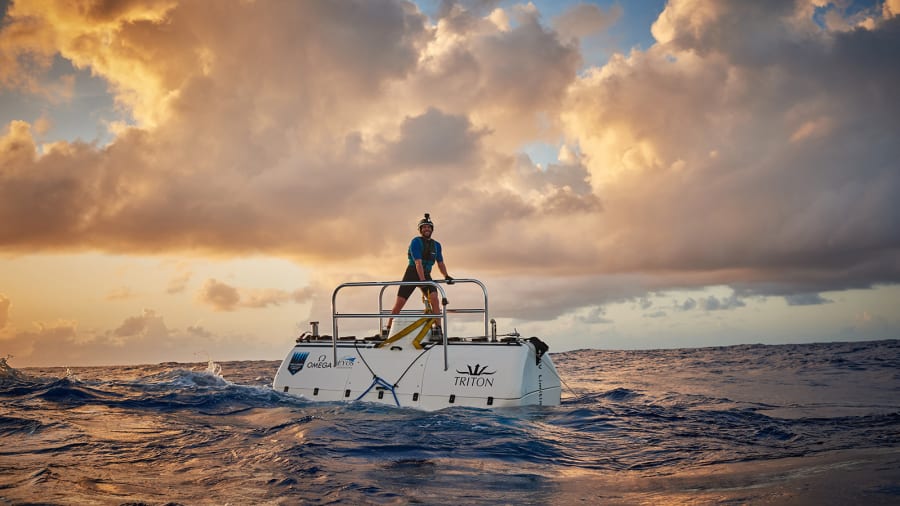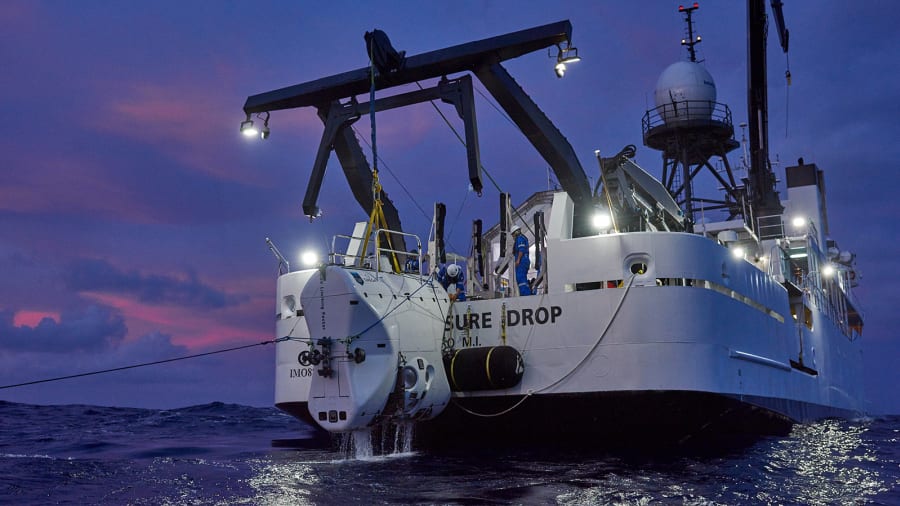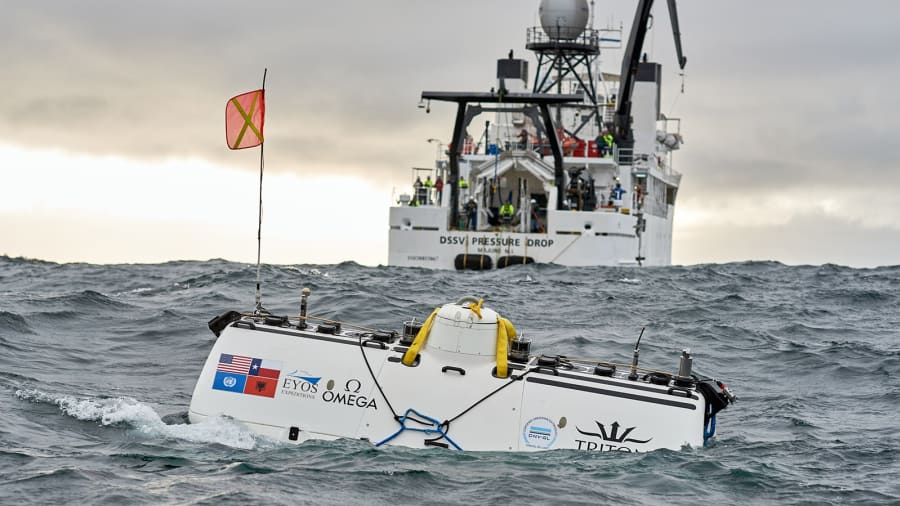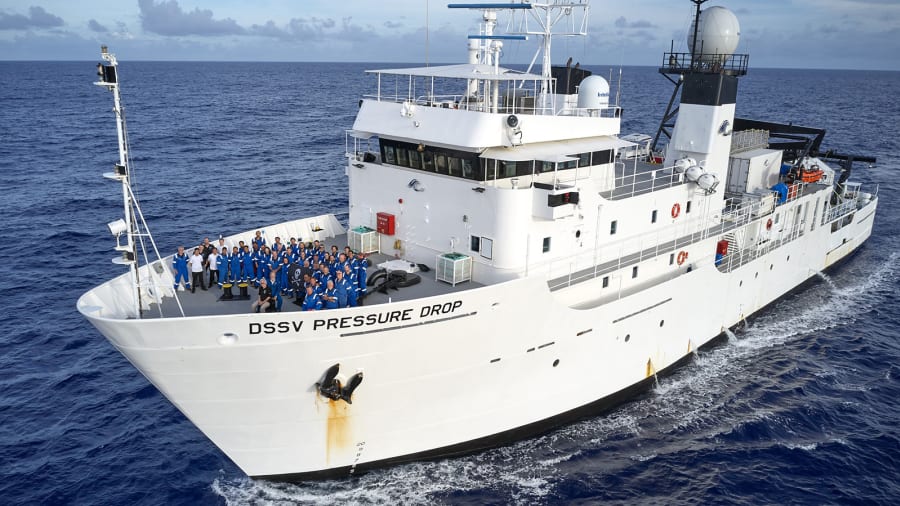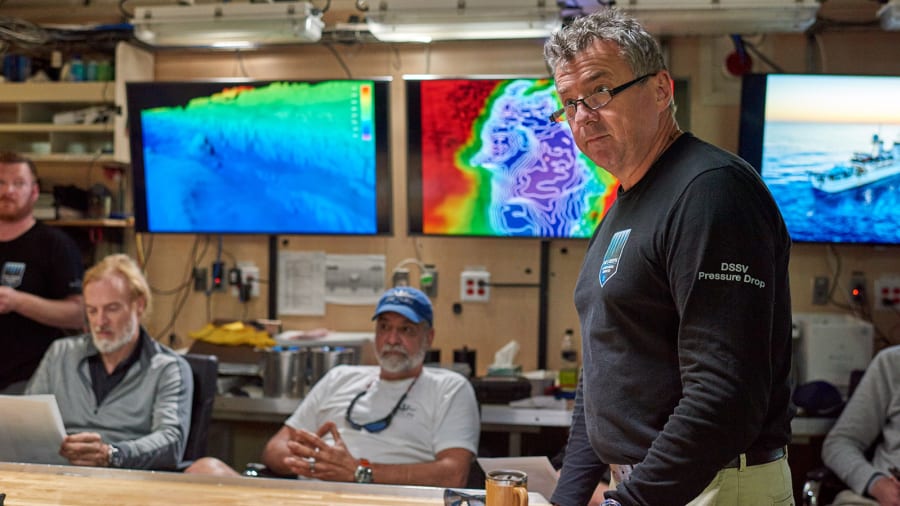From Forbes by Nishan Degnarain
Last week saw the most unprecedented reaction to a global health crisis in modern times.
The World Health Organization declared COVID-19 a global
pandemic, the US President announced a
National Emergency that released
$50 billion in federal funding, Italy introduced a
national quarantine, over 145 countries (and rising) now have
recorded cases, travel restrictions are in place in every country around the world, and the New York Federal Reserve announced a
$1.5 trillion intervention to stabilize markets.
Most countries are either in the containment phase of the disease (i.e., test, identify and isolate cases) or the mitigation phase (i.e., delaying the spread and ensuring business continuity measures).
At the same time, the race is now on to develop a
COVID-19 vaccine, ahead of any second wave of infections later this year.
The speed with which a vaccine is developed depends on many factors (e.g., the success of pre-clinical trials, animal testing phases, human clinical trials, and
production scale up).
Advances in biological technology (such as gene-editing
CRISPR and
cell free protein synthesis) is accelerating the time to vaccines and treatment development.
However one critical element is still needed.
That is the initial step to find the biological clues which lead to the high potential chemical compounds that could reduce the potency of COVID-19.
Many of these high potential chemical compounds come from natural sources, so modern medicine will need to
return to the wild to find them.
Solutions from the deep ocean?
Last week among the COVID-19 headlines,
David Attenborough made a plea calling for Deep Ocean Seabed Mining to be banned.
One of the reasons he cited was the importance of deep water corals and microscopic microbes at the bottom of the ocean.
It turns out, these are extremely valuable for modern medicine, including addressing coronaviruses.
A protein from an ocean seabed algae found among coral reefs was revealed to show activity against another coronavirus known as Middle East Respiratory Syndrome or
MERS.
MERS is a close relative of the coronavirus responsible for COVID-19, and was responsible for an outbreak in the Middle East in 2012 that infected almost
2500 people, leading to over 850 deaths in 27 countries (34% fatality).
This marine compound
griffithsin was extracted from the red algae
Griffithsia that is native to coral reefs around the Canary Islands and identified in 2016 to be a potential inhibitor to the MERS coronavirus.
Diver overlooking a large orange elephant ear sponge (Agelas clathrodes), Curacao, Netherlands ...
Universal images group via Getty Images
This is just one of over
forty marine compounds that have anti viral properties and are undergoing pre-clinical and clinical trials around the world (such as another coronavirus inhibitor from the ocean sponge
axinella corrugata found in the
Caribbean).
These are all at the early stage of vaccine discovery, but help researchers identify areas of high potential.
Having such a library of high potential chemical compounds from nature against coronaviruses, could have greatly accelerated progress for vaccine development ahead of time among the
several major companies working on these solutions.
Yet,
less than 0.05% of the deep ocean has been visited, photographed or sampled.
We are just learning the true potential and value of life in the deep ocean.
Being able to sample marine wildlife is critical to identify more potential targets to address threats such as the coronavirus in the future.
Not all will come from the ocean, but natural products will be a crucial part, given that COVID-19 jumped the species barrier to impact humans.
Indeed, the WHO has called the Climate Crisis a
Health Crisis, and as the ocean warms, the risks to humans rise with more novel diseases and less biology with which to help combat them.
It is important that we are able to catalogue these environments before these ecosystems and their complex biology are lost forever.
Valuable medicines from the deep
Atlantic Ocean: Black smoker hydrothermal vent at a mid-ocean ridge.
Universal images group via Getty Images
Selective pressures - the unique conditions under which lifeforms evolve - are no more extreme than at the bottom of the deep ocean.
Life here has evolved to live at extraordinary pressures, temperatures, and chemical environments.
This means that deep sea creatures have evolved distinct genes, which encode proteins, which in turn catalyze unusual chemistry or possess other useful properties.
These unique marine genetic resources are the product of evolution over timescales and in conditions which humans cannot replicate.
Marine genetic resources are therefore irreplaceable products of nature that play a critical role in modern medicine and industrial processes today.
Take a look at any major disease and often the highest potential treatments have their origin in a marine natural product.
For example:
A treatment for advanced breast cancer developed by the Japanese Pharmaceutical company Eisai, was derived from the marine sponge natural product called
eribulin.
The drug - called
Halaven - has prolonged numerous lives, generated over
$500 million in annual sales since 2015, and is now approved in over 65 countries.
Eribulin is found in the marine ‘breadcrumb sponge’ called
halichondria, that is prevalent in the North Atlantic, Mediterranen and around New Zealand at a depth of 500m.
The first effective HIV treatment was azidothymidine (better known as AZT).
This is a variant of a chemical compound made from a
marine sponge in the Caribbean called
tectitethya crypta.
It generated
$4 billion in sales alone and in combination with other anti-HIV drugs, since being approved by the FDA in 1987.
Infectious diseases are increasingly drug-resistant, and medical science is constantly battling to stay ahead.
Organisms that cause malaria and tuberculosis can be killed by marine-derived compounds such as
cyclomarin.
Cyclomarin comes from an ocean bacteria called
salinispora arenicola first identified around
islands in the Bahamas in 1991.
Exhaust rises from a coal-fired power station on in Schophoven, Germany on January 21, 2019 .
Getty Images
In addition to medicine, the biology from the deep ocean is valuable for industrial purposes, especially cleaning up pollution and environmental remediation, which will be critical to restore our planet to a healthy ecosystem.
A recently discovered deep sea microbe in 2014 from 2km depth in the Indian Ocean,
nesiotobacter exalbescens, efficiently degrades hydrocarbons (benzene and toluene which are common soil and water pollutants), and is therefore a potential tool for
environmental cleanup, especially oil spills in the ocean.
A bacteria discovered in the deep sea can clean contaminated soil and water from the toxic mercury pollution caused by coal power plants.
The
alcanivorax bacteria was discovered at 2km depth on the
East Pacific Rise in the Pacific Ocean, close to where Seabed Mining is due to begin in the Clipperton Zone.
This bacteria converts mercury salt into a less harmful form of the metal, and along with the metal reducing bacteria living on and in metal polymetallic nodules, may enable the remediation of the millions of square kilometers of mercury-contaminated soil and water that surround
coal-power stations across the USA and China that make agriculture grown there not fit for human consumption.
An enzyme which copies pieces of DNA, was discovered in a
microbe living on a deep-sea hydrothermal vent off the
coast of Italy.
It has been turned into a product by
New England BioLabs and sold commercially.
The enzyme’s evolution under extremely hot and high-pressure conditions makes it more stable, and a more effective approach to copy DNA than its relatives in other species, rendering it a
valuable tool for molecular biologists.
These are just a handful of medical and industrial examples of a world that humans have only just begun to explore and understand, as new technologies open new biological frontiers in the sustainable blue industrial revolution.
A habitat at risk
The Mafuta diamond mining vessel, operated by Debmarine Namibia, a joint venture between De Beers ...
© 2017 Bloomberg Finance LP
2020 was supposed to be the
biggest year for the environment, with major UN negotiations to protect our oceans, biodiversity and the climate.
Some of these talks around the importance of life in the oceans (the Biodiversity Beyond National Jurisdiction Treaty or
BBNJ), has now been
postponed to later in the year.
The BBNJ treaty was supposed to create a framework to ensure such life in the deep ocean is protected and valued, rather than be put at risk by extractive industrial activities.
At the same time as countries are recognizing the value of deep ocean species,
seabed mining companies are lobbying countries to allow them to mine the deep ocean seabed for mineral resources.
A Jamaica-based UN Agency called the
International Seabed Authority was due to vote on a legal framework in July 2020 to authorize such commercial mining.
It was against particular countries voting at this agency that David Attenborough voiced his opinion.
Scientific outrage
The prospect of starting commercial scale Seabed Mining in 2020 has been to the
outrage of leading ocean scientists,
civil society and
major environmental NGOs, who fear an unprecedented loss of biodiversity and weak regulatory oversight.
They are calling for a
ban or at the very least, a
ten year moratorium on any such commercial operation, until science has sufficiently advanced to understand deep ocean environments.
There are many environmental uncertainties with seabed mining, which would devastate deep ocean habitats and the valuable life that inhabits them.
Life around hydrothermal vents were only discovered 43 years ago in 1977, which completely
overturned theories of how life evolved on Earth.
Yet,
mining will be allowed around such communities in the Indian and Atlantic Oceans.
Following a trial of experimental Seabed Mining off the coast of Peru in 1989, a quarter of a century later, almost
80% of life had not returned, revealing the extent of permanent damage seabed mining would do to life in our oceans.
This includes loss of the valuable microbial colonies that are powerful for new medicines and sustainable industrial processes.
In addition, there is great uncertainty around the
toxic cloudsof sediment around mining operations, called
plumes, that will rise up around any deep ocean machinery as excess sediment is discarded away from the mined metals.
Seabed nodules grow 10mm every 10 million years in very delicate ocean environments.
Hence Seabed Mining companies’ plans to remove
4cm of seabed sediment implies destroying 40 million years of evolutionary history.
This is in addition to any noise and other permanent damage being done by dredging up the seabed as is planned for the Pacific Ocean.
Hence, it is critical that the world has time to study, identify and categorize the unique life on the deep ocean floor before they are lost forever.
Valuing ocean life over minerals and profits
Children release sea turtle hatchlings at sunset in Lhoknga beach of Aceh province on January 31, ...
AFP via Getty Images
Given that the consequences of COVID-19 are estimated to cost the global economy as much as
$3 trillionin 2020 (over $8 billion a day, or over $5.5 million a minute), every moment counts in developing effective treatments.
There is no seabed mineral more valuable and unavailable on land that justifies such a planetary risk.
The current coronavirus crisis shows just how important it is to have a library of deep ocean natural resources, including deep ocean microbial communities.
It is critical to ensure we have a large enough repository of natural product targets to be prepared for the next health pandemic crisis.
This could save precious months to identify high potential compounds and develop effective vaccines, saving the global economy hundreds of billions of dollars.
Advances in deep ocean exploration, machine learning and biotechnology to better understand natural products, are all significantly accelerating our understanding of nature and potential medical and industrial applications.
The COVID-19 crisis has been a wake-up call for so many aspects of global governance.
The world will be irreversibly changed after this crisis.
The activities we permit to occur in our oceans are yet another area where the world needs to turn its attention to, but this time with much more consideration.
Louis Metzger, Ph.D. contributed to this article, particularly with his knowledge of infectious disease research and the role that micro-organisms will play in the transition to a sustainable economy.
Dr. Metzger was formerly a Group Leader and Project Team Leader in Novartis’ Infectious Diseases Unit, where his team sought new antimicrobial molecules for drug discovery, including from Natural Products.
He is now the Chief Science Officer of a BioTechnology startup.
Links :



